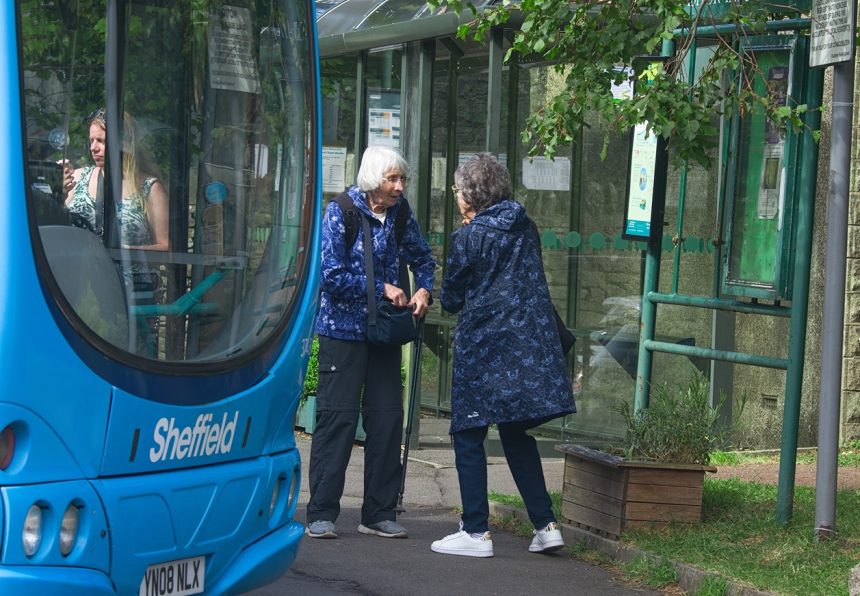Let me go back around 40 years. One of the themes of the mid-1980s was making modifications to buses to improve accessibility for the less ambulant, a ‘wee bit shoogly on ma pins,’ as one woman referred to it.
Those adaptions were referred to colloquially as ‘DipTAC mods’ and focused on step heights, distances between grab rails and their ‘gripability’, and adding bright, high-contrast colour to step edges and stanchions to aid the visually impaired.
Of course, we had no idea what existing step heights were. Cue several sessions with a tape measure and a spirit level (to check the camber). Then we still didn’t know. Line up 10 Leyland Nationals and you got 10 different step heights!
Some engineers worried about destroying the strength of the front platform, and the inner lower step hitting all sorts of things. The first concern was unfounded, but there was many a clatter on a road hump or adverse camber.
Nonetheless, the adaptions were generally well received and worked, for comparatively little money. Step back to now and universal low-floor, fully accessible vehicles. But have we lost sight of that first group of people whom the ‘DipTAC mods’ were for?
Now, no way would I ever denigrate wheelchair user access to buses with dedicated spaces, but it has led to a raw deal for the less ambulant who have to walk further down the bus to find a seat.
Not only that, but what happened to those minimum distances between grab rails and their tactile surfaces? Is a long gap with no holding point and shiny, slippy, grey, plain poles an improvement? I think not.
I find myself inspecting any new bus and identifying how many of what my mam would have described as ‘proper seats’ it has. The answer is usually depressingly few. A ‘proper seat’ is in a pair facing forward and not accessed by a mountaineering mission over a wheel arch.
There is a school of thought that the industry needs vehicles with two doors. Is it 1968 again? Outside London, a middle door would decant you into the back of a shelter or onto a muddy grass verge and take away at least another four ‘proper’ seats. No help at all if you are a bit ‘shoogly’
Clearly a conflict of needs exists here, but we should not lose sight of the basic needs of a large market segment.



























